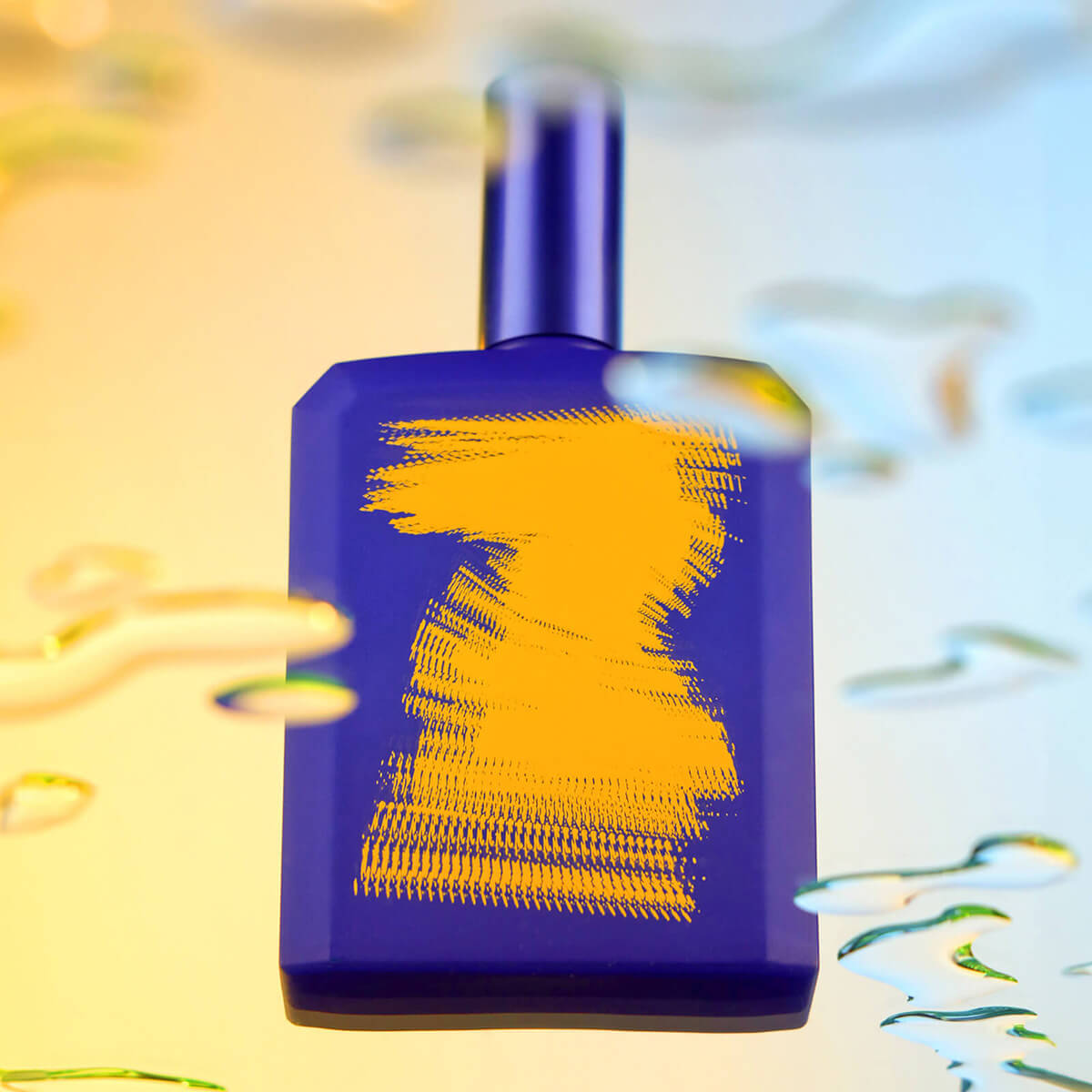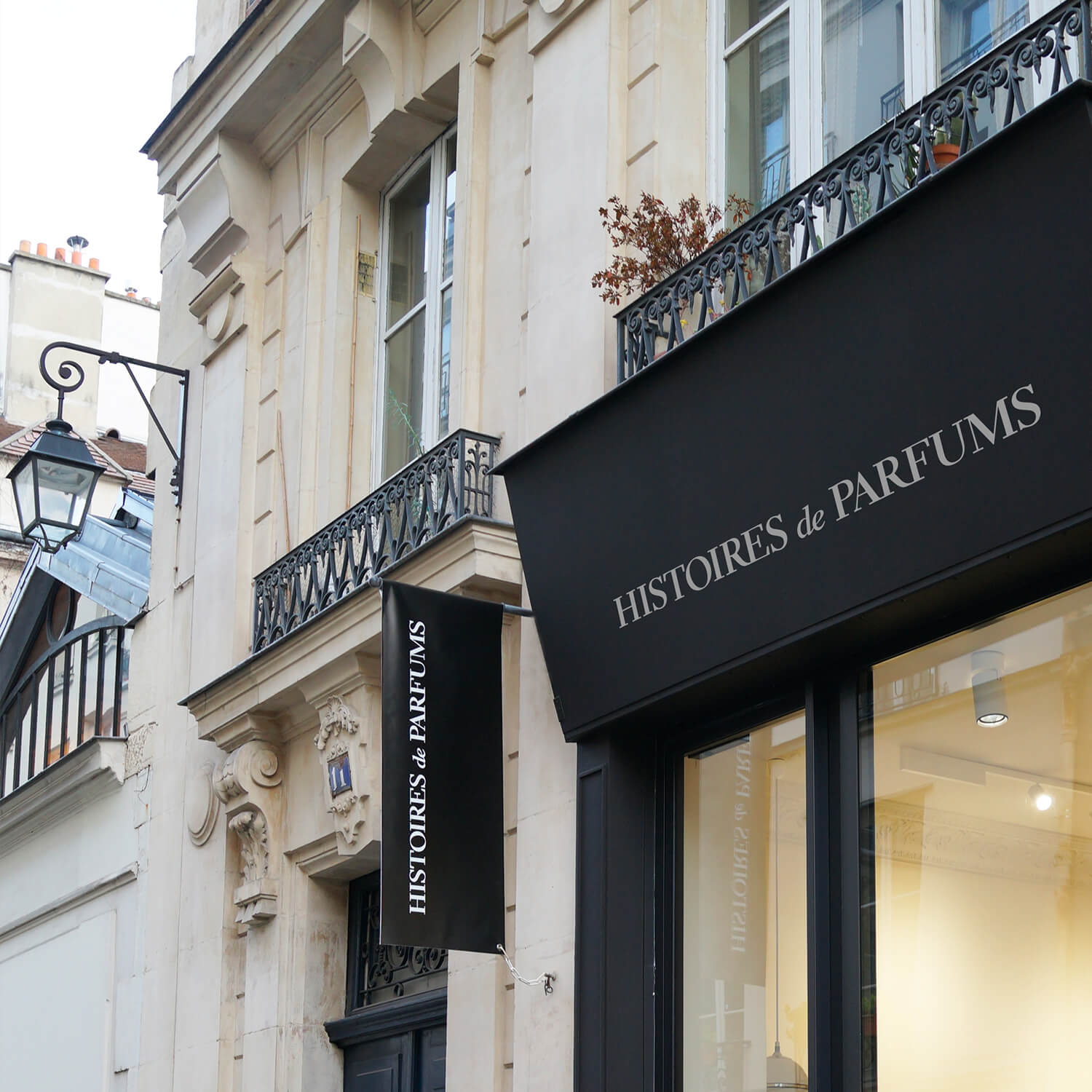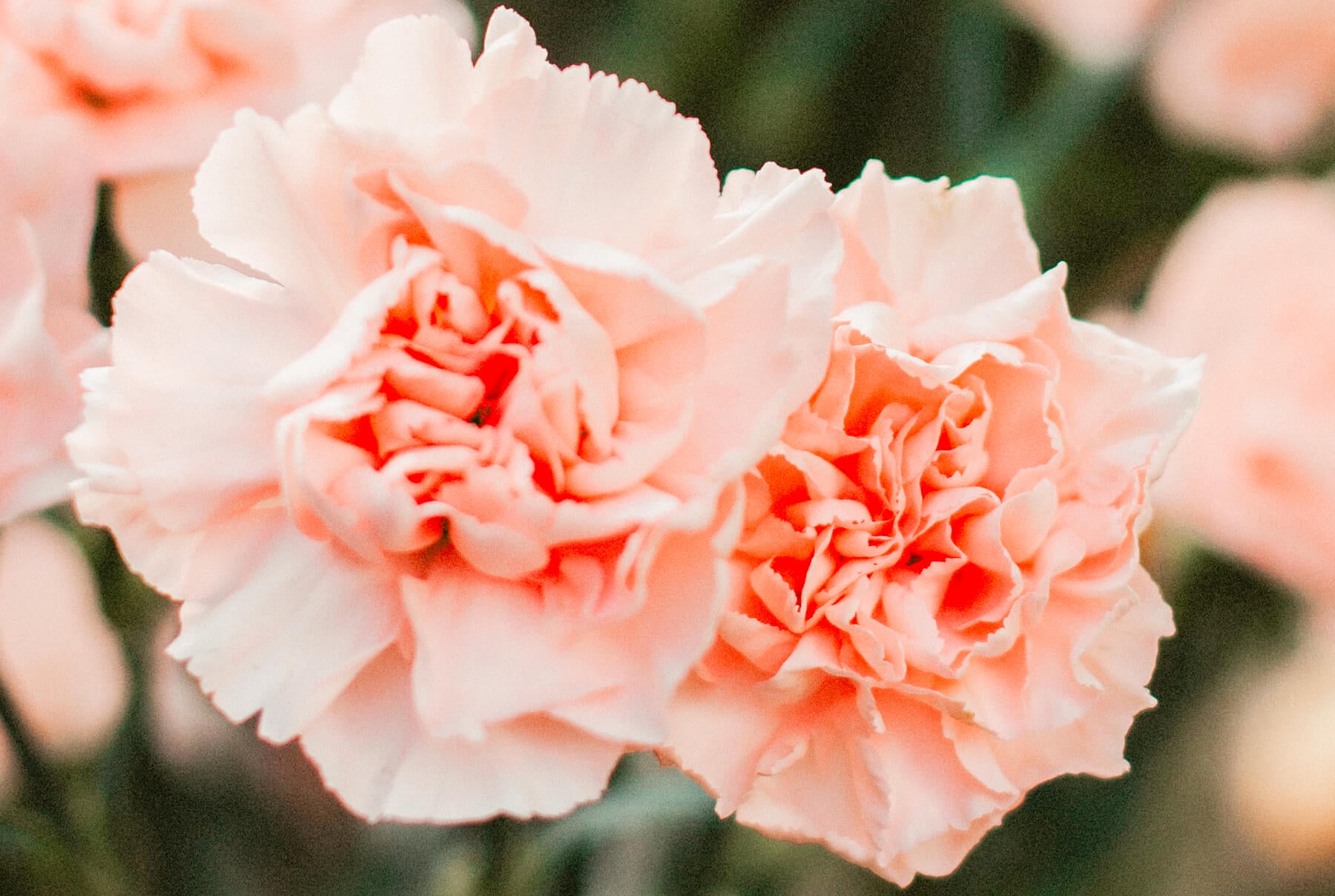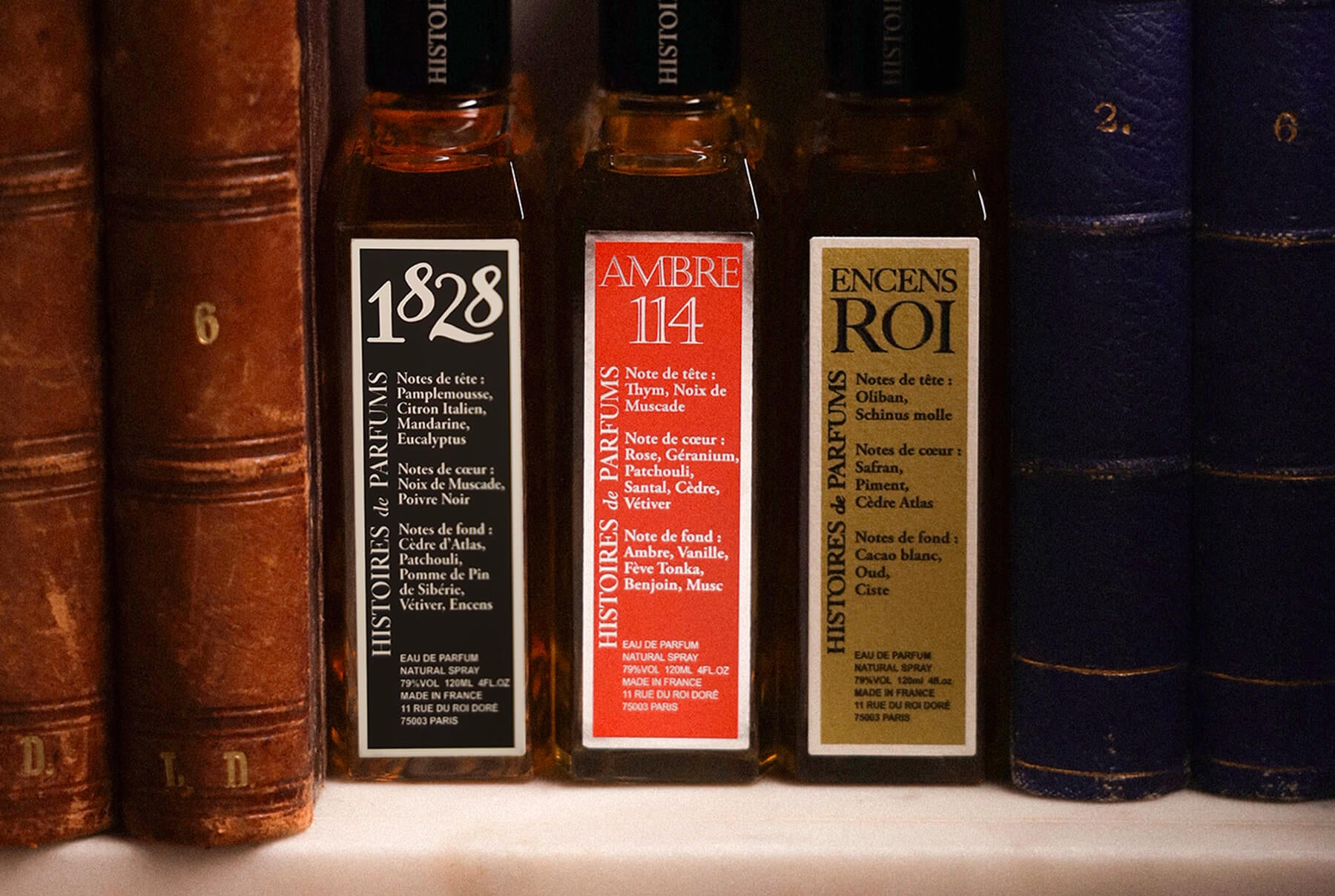
The story of the Blue Bottle
In the beginning was blue. It's the cornerstone of an olfactory edifice launched with the first This is not a Blue Bottle. While its name left many pensive, the colour is all but an accident, chosen precisely for what it evokes - a void where everything remains to be written.
The genesis of the Blue Bottle owes a great deal to René Magritte's work “Treachery of Images”, which depicts a pipe accompanied by a caption warning the viewer that "this is not a pipe". A masterpiece, if not the keystone, of surrealist art, this painting, through the violence of its challenge, aims to question the viewer about the relationship between reality and its image, between what is and what seems to be, between what we see and what we perceive: a message whose relevance has not escaped Gérald Ghislain.
When This is not a Blue Bottle was launched, perfume was still a secret elixir, confined to a collective imagination cluttered with philtres and stills. When the time finally came to focus on the scent itself rather than the muses and bottles, perfume inevitably became the sum total of a list of essences with unpronounceable names, deliberately dreamlike - if not entirely dreamt up - and linked to incredible stories whose myriad details purposely made it impossible to distinguish the true from the false.
"Reading the texts, you thought you were smelling rose when it was geranium and citronella, and if they had specified that it was geranium and citronella, it wouldn't have been much of a sell or conducive to daydreaming or exoticism. There had to be a solution to the equation".
Faced with the reality of perfumes being sold as the antithesis of what they really were, Gérald Ghislain decided to take a 180-degree turn, breaking with the tradition of his own house to create a fragrance that was unique, not only in its scent but also in its design; a total art project, faithful to the work of the artist who inspired its name.
The fragrance had to be abstract, detached from any formal or materialistic considerations; a fragrance composed without an olfactory pyramid, without distinction of top, middle or base notes, whose construction would highlight unexpected olfactive oxymorons. There was no question of recognising an accord, of immediately grasping the inspiration behind it. It would simply be a matter of smelling it and feeling it. To make the experiment more convincing, we also had to think about the object surrounding the fragrance. The bottle had to be stripped of any indication that would allow us to understand its contents and thus form an idea that would necessarily be distorted by our preconceptions.
We chose Blue - the most abstract of colours. Red would inevitably direct the olfactory senses towards warm or sensual notes, balsams or spices; green would be perceived as herbaceous or aromatic; yellow as fruity or lactonic; black as impossibly dark or even smoky; white as molecular or nebulous. As for blue - what does it really remind us of? The sky, which calls to mind dreams, destiny, escape or the possibility of God? To a few flowers or minerals, the pigments of which - in the case of lazuli and indigo - have only been used in the arts to, also, represent the sky? Or the sea, which colour merely reflects that of the sky as well?
Blue is intrinsically abstract, so much so that the ancient Greeks did not perceive it as a colour in its own right. This made it the ideal colour to represent a perfume that should, quite rightly, represent nothing. Upon picking up this blue bottle and smelling its fragrance, we would be confronted with an imprecise odour and a colour that at best evokes emptiness and infinity.
There are no clues as to its real nature, no name or brand, no ingredients, notes or inspirations. Only a scent and a colour summoning up the richness of our inner empire.
So, is it a blue bottle? Maybe, but if so, what is blue and what is a bottle?
If not... then let's face it: This is not a Blue Bottle.





Leave a comment
This site is protected by reCAPTCHA and the Google Privacy Policy and Terms of Service apply.